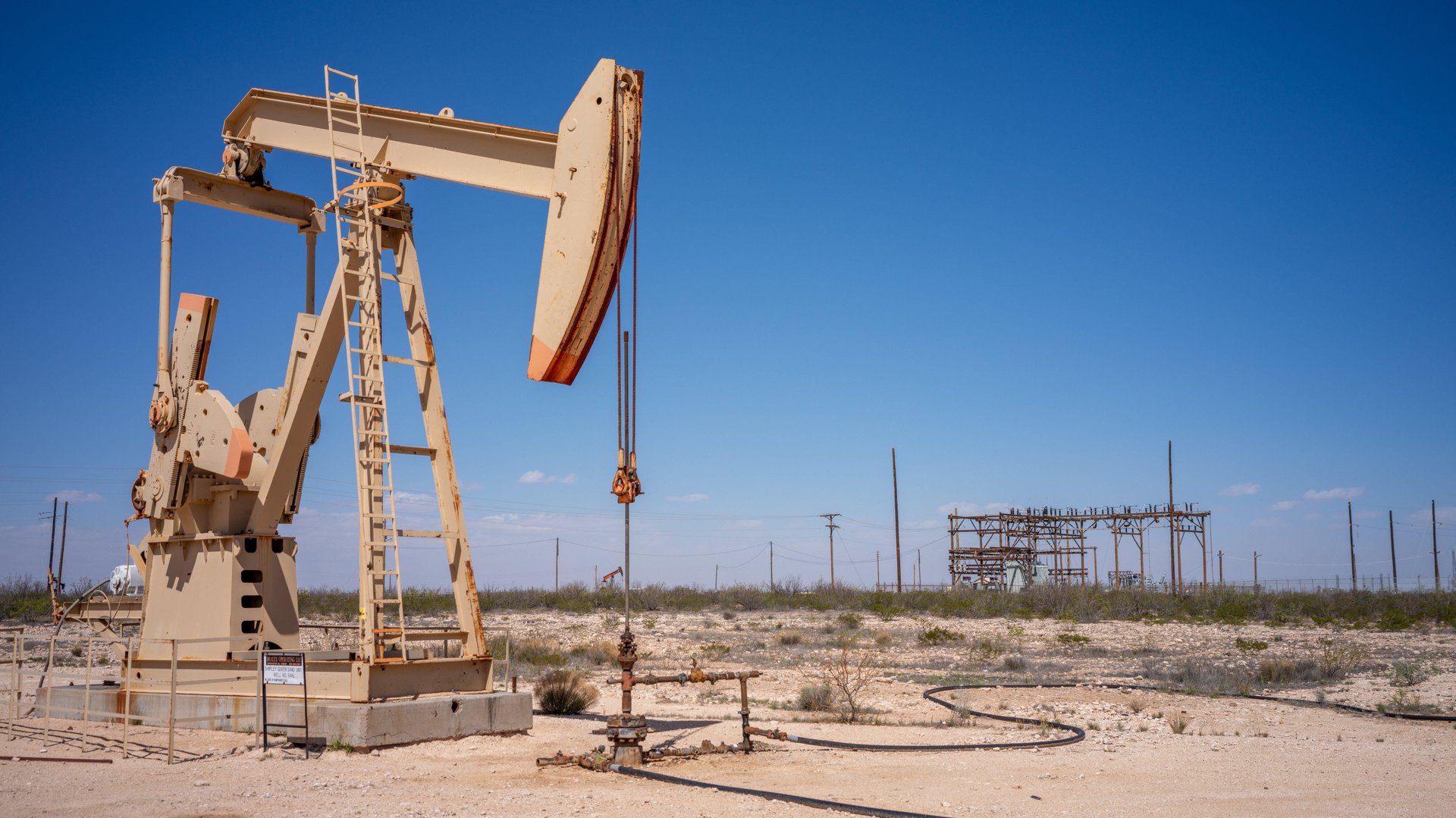Oil prices are up 10% in the last 2 weeks
A slight ding in supply and rising Middle East tensions are boosting the commodity

Oil markets are heating up again. Crude futures have risen about 10% since June 4 for both the U.S.-benchmark West Texas Intermediate and global benchmark Brent varieties. The latest rally comes after a volatile year that’s seen prices rise as much as 20% before giving back almost all those gains. WTI crude is up 13% for the year, Brent is up 10.4%.
Suggested Reading
Tensions in the Middle East have been rising again, which is a frequent driver of crude prices. As Israel’s deadly assault on the Gaza Strip drags on following the Oct. 7 Hamas attack against Israel, fighting with the Lebanese militant group Hezbollah has also intensified. Reuters reports that Hezbollah leader Sayyed Hassan Nasrallah, whose group is allied with Hamas, said Wednesday that “there will be no place safe from our missiles and our drones” if Israel invades Lebanon.
Related Content
The spike also comes as the Organisation of Petroleum Exporting Countries and the International Energy Agency argue about the picture for global oil demand going forward. The IEA predicted last week that peak oil demand could be coming as soon as 2029. OPEC, which recently announced that it was rescinding some oil production cuts that came during its fight with U.S. producers for market share, responded the next day that such talk was “dangerous commentary” that would only serve to increase market volatility. It’s not clear who’s right, or what being right even looks like.
“First, too much focus tends to be put on when demand will peak,” the research firm Capital Economics wrote in a recent note. “Over the long run, what will matter more is the broader trajectory of oil demand. To borrow an analogy used in recent debates surrounding the future path of interest rates, will the trajectory of oil demand be like the Matterhorn or Table Mountain?
“Second, in any case, forecasts of global oil consumption should come with a rather large dose of caution. Indeed, in its report, the IEA acknowledged how ‘relatively minor changes’ in events, such as a 15% slowdown in the rollout of electric vehicles, could massively alter the future trajectory of its oil demand forecasts.”
In any case, there’s optimism floating off the oil sector. Jeff Leitzell, chief operating officer of the energy exploration firm EOG Resources is taking OPEC’s side of the bet.
“So there’s obviously been a lot of volatility here over the past years and it feels like a lot of that’s worked out of the system and we really have a real good feel of where spare capacity is at right now,” he said at an energy conference earlier this week. “And with the OPEC+ cuts that are out there, it feels like the market’s fairly balanced at this point in time. And what we really see is a pretty strong demand around the world and continued growth.”
